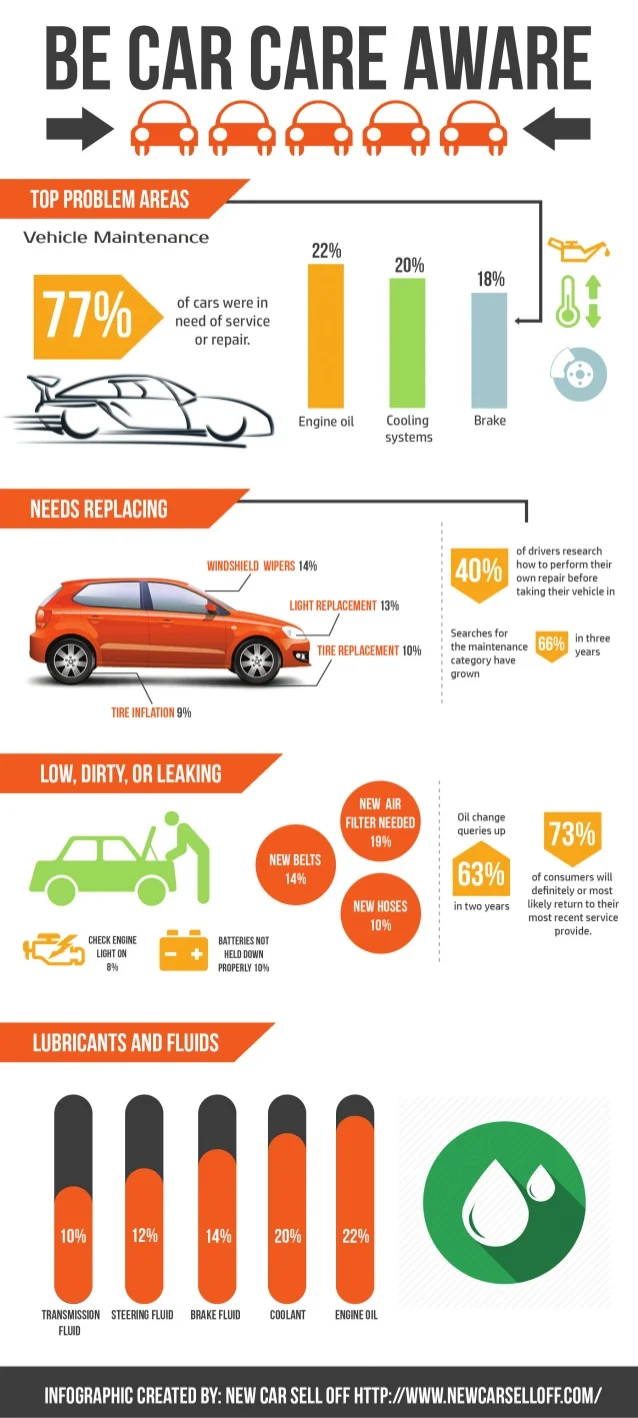Looking For Clearness On The Warning Lights Displayed On Your Vehicle'S Dashboard? Learn Just How They Associate With Your Vehicle'S Health And Wellness
Looking For Clearness On The Warning Lights Displayed On Your Vehicle'S Dashboard? Learn Just How They Associate With Your Vehicle'S Health And Wellness
Blog Article
Web Content Author-Faulkner Dalgaard
When you lag the wheel, those beautiful caution lights on your dashboard can be a bit perplexing. Do you understand what they're attempting to tell you regarding your automobile's wellness? Recognizing the significance of these lights is important for your security and the long life of your car. So, the following time one of those lights turns up, wouldn't you wish to analyze its message precisely and take the required actions to resolve it?
Common Warning Lighting and Interpretations
Determine usual warning lights in your auto and understand their meanings to ensure risk-free driving.
The most common caution lights consist of the check engine light, which signifies issues with the engine or discharges system. If this light comes on, it's important to have your automobile inspected promptly.
The oil stress advising light suggests low oil stress, requiring instant interest to avoid engine damages.
A blinking battery light may suggest a defective charging system, possibly leaving you stranded otherwise resolved.
The tire pressure surveillance system (TPMS) light informs you to reduced tire pressure, impacting automobile stability and gas performance. Ignoring this could lead to hazardous driving conditions.
mobile detailing shows an issue with the anti-lock braking system, endangering your capability to quit promptly in emergencies.
Last but not least, the coolant temperature level cautioning light warns of engine overheating, which can result in severe damages otherwise fixed quickly.
Understanding these common warning lights will help you address problems quickly and maintain risk-free driving conditions.
Relevance of Prompt Focus
Recognizing the common caution lights in your automobile is just the first step; the value of immediately dealing with these warnings can't be highlighted enough to ensure your security when traveling.
When a caution light illuminates on your dashboard, it's your car's means of communicating a prospective concern that requires focus. Ignoring these cautions can lead to more serious troubles later on, compromising your safety and possibly costing you extra in repairs.
Motivate focus to warning lights can protect against break downs and mishaps. For example, a blinking check engine light could show a misfire that, if left unattended, can cause damages to the catalytic converter. Addressing this quickly can save you from a pricey repair.
Likewise, a brake system advising light might signal reduced brake liquid or worn brake pads, vital parts for your safety and security when driving.
Do It Yourself Troubleshooting Tips
If you see a caution light on your dashboard, there are a few DIY troubleshooting suggestions you can try before seeking professional help.
The first step is to consult your automobile's manual to understand what the specific caution light indicates. Occasionally https://www.wickedlocal.com/story/regional/2022/05/19/hundreds-rally-at-ma-statehouse-to-demand-legislators-increase-reimbursement-rates-auto-repairs/9811473002/ can be as straightforward as a loose gas cap causing the check engine light. Tightening the gas cap might deal with the trouble.
Another usual problem is a reduced battery, which can trigger different advising lights. Examining the battery links for deterioration and ensuring they're safe could take care of the problem.
If a warning light persists, you can attempt resetting it by separating the auto's battery for a few mins and after that reconnecting it. In addition, inspecting your automobile's liquid degrees, such as oil, coolant, and brake liquid, can help fix advising lights connected to these systems.
Verdict
To conclude, recognizing your vehicle's caution lights is necessary for maintaining your automobile running smoothly and safely. By without delay resolving these informs and knowing what they indicate, you can prevent pricey repair work and possible malfunctions.
Remember to consult your cars and truck's manual for specific information on each warning light and take action accordingly to ensure a hassle-free driving experience.
Stay informed, remain safe on the road!
